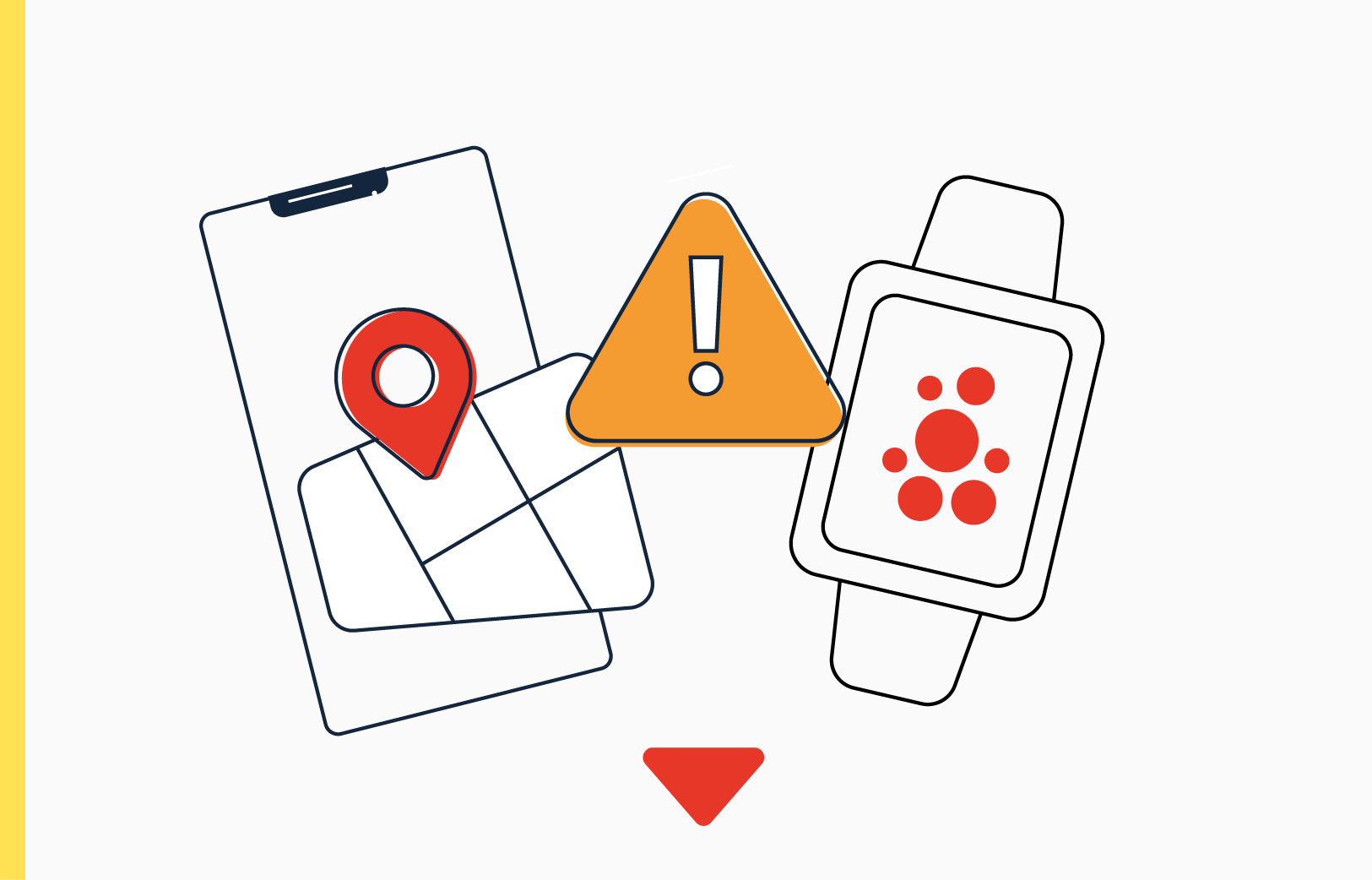

Our best interests framework brings together information outlined in this guidance into a spreadsheet that can be edited and tailored to your service’s context. It outlines a range of rights children hold under the UNCRC, gives examples of how common uses of data could impact these rights, and highlights recommendations within the code for addressing these impacts.
How to use the best interests framework
The best interest framework is to be used as a platform for structured reflection and discussion. It highlights how data processing activities can affect the rights of the child under UNCRC.
The framework is split into the three categories of self, support and society and discusses examples of data processing that can both support and harm children’s rights.
We recommend that you use the best interests framework with your data processing and service features map (as outlined in step 2 of this guidance) to:
- identify how the activity could positively support children’s rights, reflecting on the nature of the data processing activity or service feature and content in the “How could this right be supported?” sections;
- identify how the activity could pose risks to children’s rights, reflecting on the nature of the data processing activity or associated service feature and the content in the “How could this right be risked?” sections
- document your reasoning for how the impacts could occur.
You should ensure that you consider potential impacts that could occur, as well as ones that you have already observed in your service. This is important as significant risks may still be present, even where the harm associated with that risk has yet to occur.
Explore the next step

Step 3: Assess impacts
Consider the likelihood and severity of potential impacts to the rights of the child.